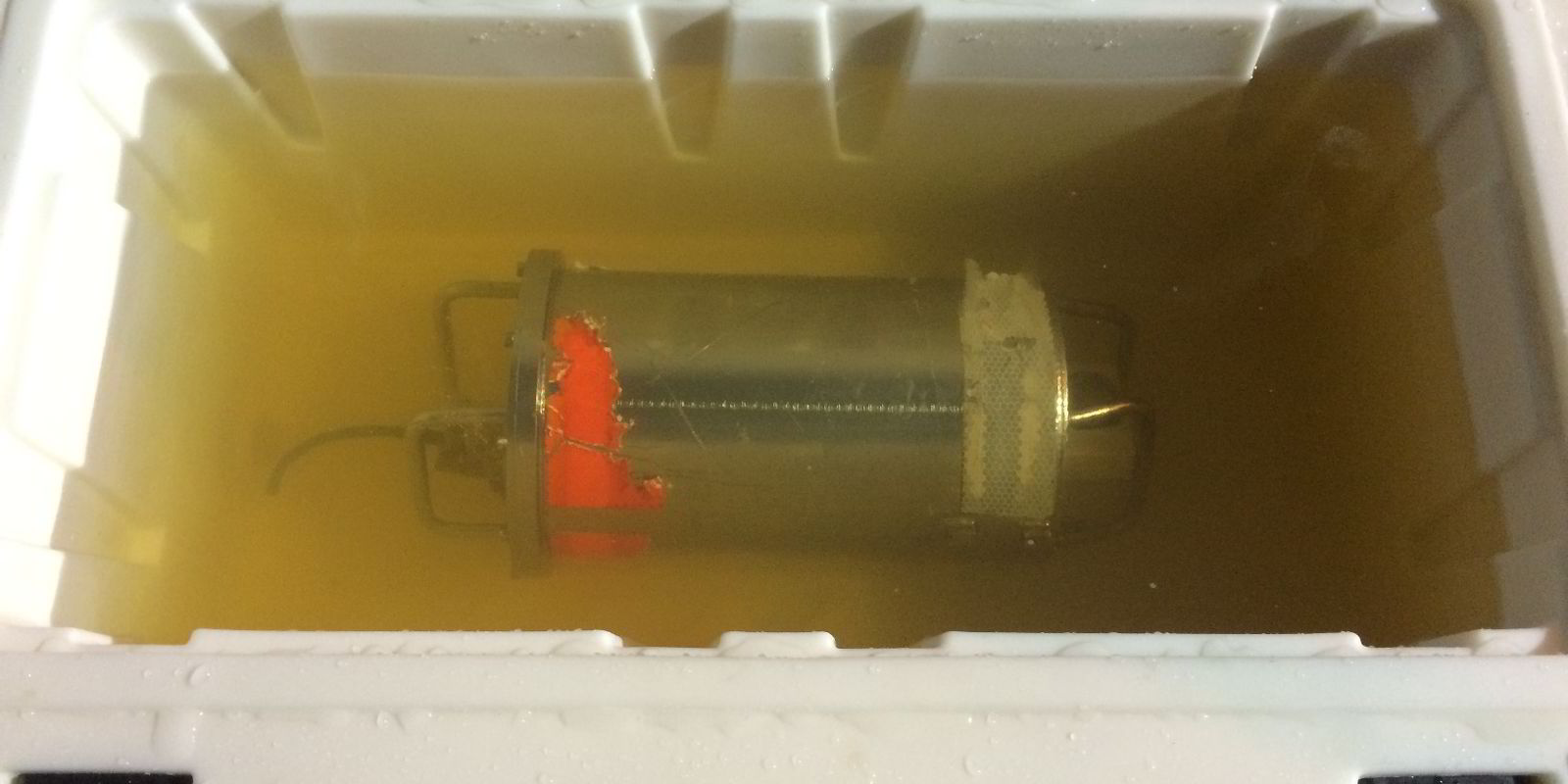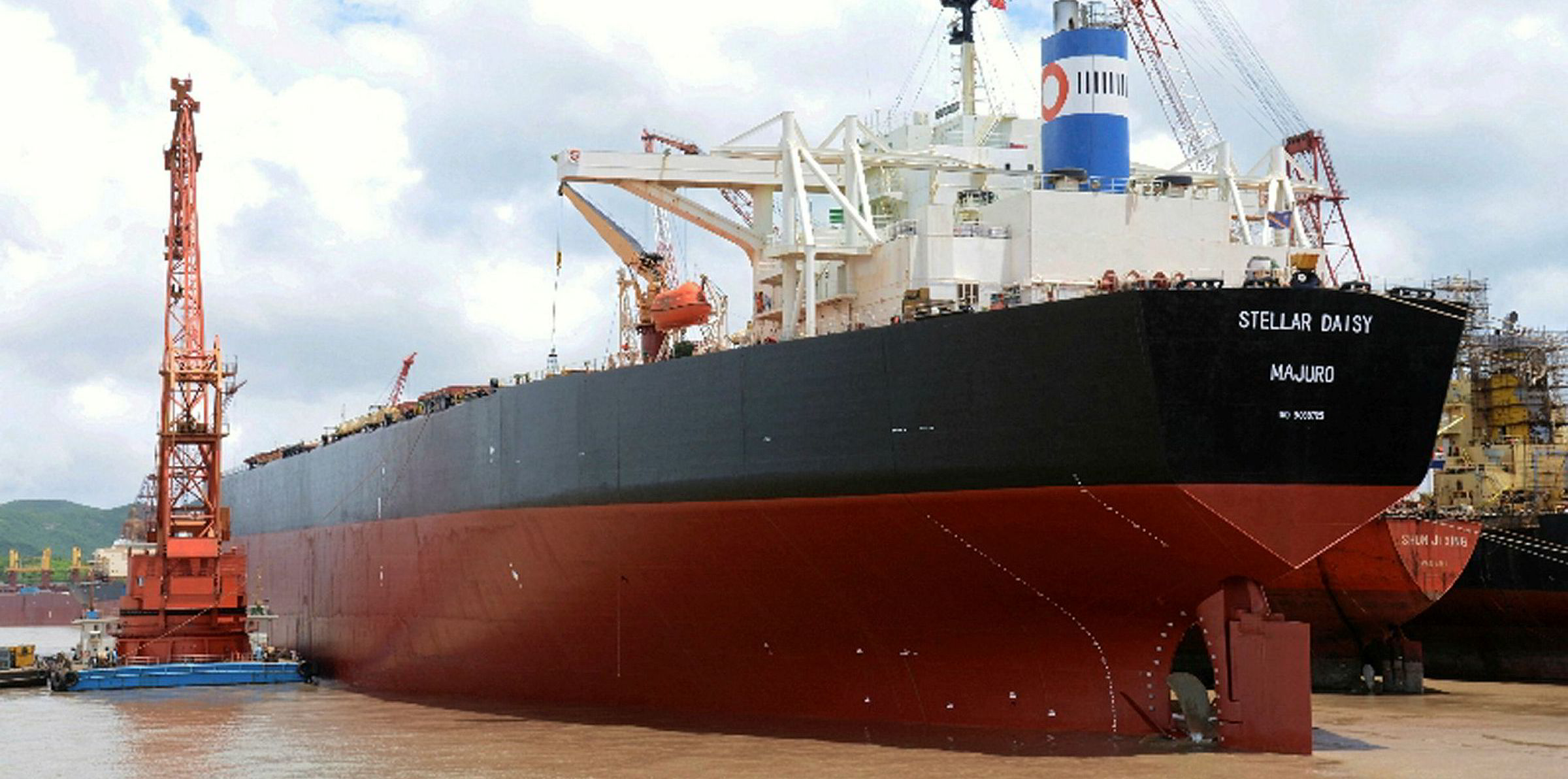Shipping’s version of the black box, the voyage data recorder (VDR), is set for a major upgrade to keep pace with electronic data's increasing importance in accident investigations.
There are several changes being considered, Solis Marine Consultants' Singapore-based representative Duncan Campbell told a specialist London conference last week.
These include the IMO looking at improving the quality of bridge and other onboard audio recordings, extending the current data backup time of 48 hours and more frequent electronic chart display information system (Ecdis) and radar screenshots recordings.
Conversations recorded
In response to the loss of the 5,330 lane-metre ro-ro El Faro (built 1975), the US is also proposing that audio conversations with third parties be included in the VDR data.
It is also proposing that VDR systems be designed without floats and be equipped with an emergency position-indicating radio beacon (EPIRB) to aid recovery.
The El Faro sank in October 2015, but its VDR was not retrieved until the following August.
The black box of the 266,000-dwt Stellar Daisy (built 1993) was recovered only after a remotely operated vehicle found the wreck at the bottom of the Atlantic nearly two years after the sinking. The data would have been available much earlier if the VDR had been float-free and located by EPIRB.
Key role
It also emerged at the conference — hosted by law firm Reed Smith — that electronic data, including AIS and Ecdis, is playing a key role in making casualty litigation and insurance claims settlement more efficient and robust.
In recent years, the courts in particular have embraced the use of electronic data, AIS and VDR, as the primary tool in understanding just what happens onboard in any particular casualty
Richard Gunn, Reed Smith partner
Reed Smith partner Richard Gunn said electronic big data was mainly used in the mediation and arbitration courts but, over recent years, it has also become fully embraced by UK courts in litigation.
He said that in collision cases, lawyers now spend less time agreeing about what happened prior to hearings as vessels' navigation track can be largely established by the electronic data. There is also less need for expert witnesses, Gunn added.
Verifying navigation
Historic data on AIS traffic can be used to verify that a ship’s actions are in line with navigational practices.
“In recent years, the courts in particular have embraced the use of electronic data, AIS and VDR, as the primary tool in understanding just what happens onboard in any particular casualty,” Gunn said.
“This is particularly so in collision cases. Arbitrators have for many years been alive to the clarity that electronic data can bring to proceedings and the cost effectiveness of their proper application.”
Claims handling
London P&I Club’s claims director Paul Amos said electronic data is now a key element in claims handling.
As an example, he cited the 70,000-dwt bulker Shen Neng 1 (built 1993) casualty, which caused widespread pollution off the coast of Australia when it grounded on a coral reef in 2010.
Amos said AIS data helped the club accurately establish the amount of damage against claims of larger and more widespread damage from the Australian coastal authorities.
London P&I also used AIS data to successfully defend the crew against allegations of negligence, which allowed limited liability cover to be maintained.
In the end, London P&I paid out $39m against claims of more than $90m from the Australian authorities.





